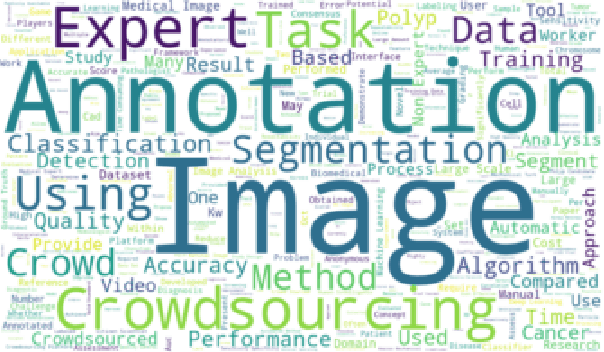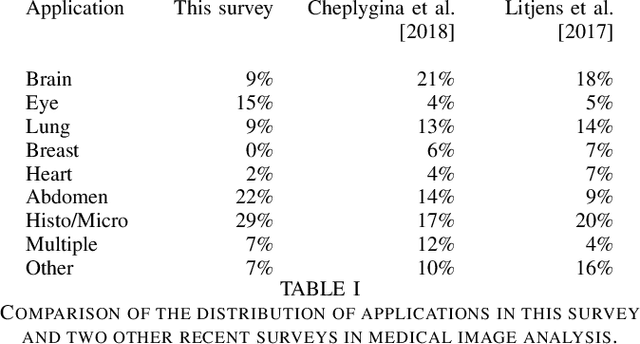Christopher R. Madan
AI and Non AI Assessments for Dementia
Jun 30, 2023



Abstract:Current progress in the artificial intelligence domain has led to the development of various types of AI-powered dementia assessments, which can be employed to identify patients at the early stage of dementia. It can revolutionize the dementia care settings. It is essential that the medical community be aware of various AI assessments and choose them considering their degrees of validity, efficiency, practicality, reliability, and accuracy concerning the early identification of patients with dementia (PwD). On the other hand, AI developers should be informed about various non-AI assessments as well as recently developed AI assessments. Thus, this paper, which can be readable by both clinicians and AI engineers, fills the gap in the literature in explaining the existing solutions for the recognition of dementia to clinicians, as well as the techniques used and the most widespread dementia datasets to AI engineers. It follows a review of papers on AI and non-AI assessments for dementia to provide valuable information about various dementia assessments for both the AI and medical communities. The discussion and conclusion highlight the most prominent research directions and the maturity of existing solutions.
Artificial Intelligence for Dementia Research Methods Optimization
Mar 02, 2023Abstract:Introduction: Machine learning (ML) has been extremely successful in identifying key features from high-dimensional datasets and executing complicated tasks with human expert levels of accuracy or greater. Methods: We summarize and critically evaluate current applications of ML in dementia research and highlight directions for future research. Results: We present an overview of ML algorithms most frequently used in dementia research and highlight future opportunities for the use of ML in clinical practice, experimental medicine, and clinical trials. We discuss issues of reproducibility, replicability and interpretability and how these impact the clinical applicability of dementia research. Finally, we give examples of how state-of-the-art methods, such as transfer learning, multi-task learning, and reinforcement learning, may be applied to overcome these issues and aid the translation of research to clinical practice in the future. Discussion: ML-based models hold great promise to advance our understanding of the underlying causes and pathological mechanisms of dementia.
A Survey of Crowdsourcing in Medical Image Analysis
Feb 25, 2019

Abstract:Rapid advances in image processing capabilities have been seen across many domains, fostered by the application of machine learning algorithms to "big-data". However, within the realm of medical image analysis, advances have been curtailed, in part, due to the limited availability of large-scale, well-annotated datasets. One of the main reasons for this is the high cost often associated with producing large amounts of high-quality meta-data. Recently, there has been growing interest in the application of crowdsourcing for this purpose; a technique that has proven effective for creating large-scale datasets across a range of disciplines, from computer vision to astrophysics. Despite the growing popularity of this approach, there has not yet been a comprehensive literature review to provide guidance to researchers considering using crowdsourcing methodologies in their own medical imaging analysis. In this survey, we review studies applying crowdsourcing to the analysis of medical images, published prior to July 2018. We identify common approaches, challenges and considerations, providing guidance of utility to researchers adopting this approach. Finally, we discuss future opportunities for development within this emerging domain.
 Add to Chrome
Add to Chrome Add to Firefox
Add to Firefox Add to Edge
Add to Edge